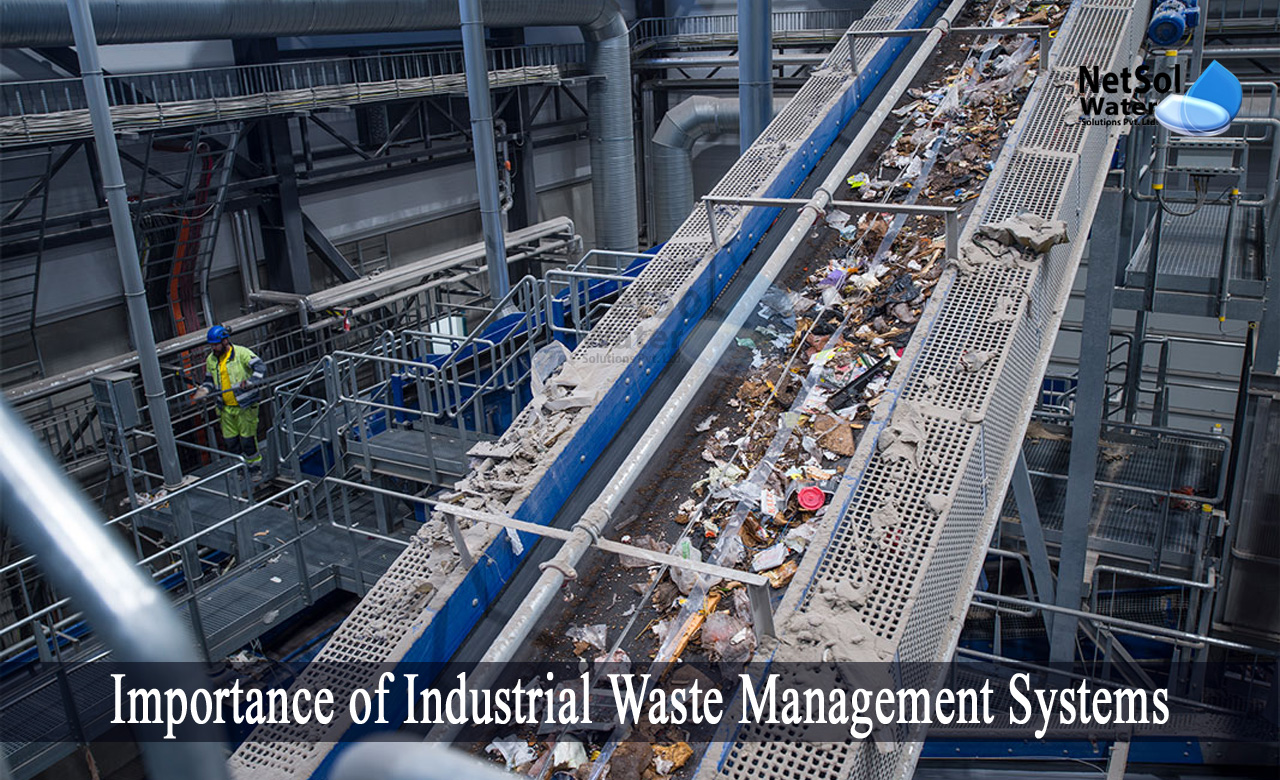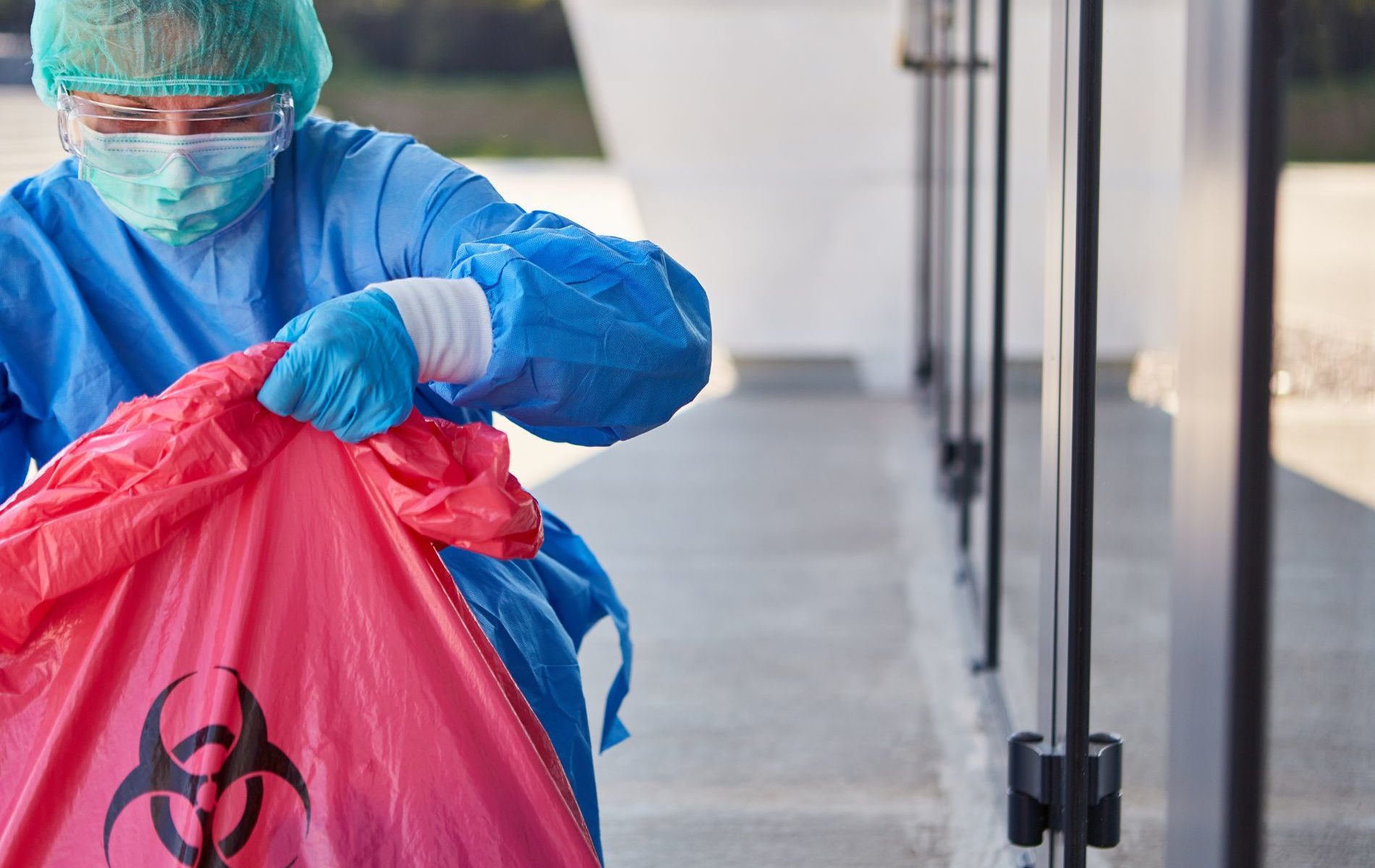Not known Facts About Reclaim Waste
Some Ideas on Reclaim Waste You Need To Know
Table of ContentsReclaim Waste Fundamentals Explained10 Simple Techniques For Reclaim WasteGet This Report on Reclaim Waste5 Easy Facts About Reclaim Waste DescribedMore About Reclaim Waste
Check out the types, occurrences, and forms of fluid waste. Domestic sewer waste describes the waste and products from a residential sewage-disposal tank. This type of waste is developed by people in houses, colleges, and other structures. This only includes sewage-disposal tanks that have a drain area. The correct management and disposal of residential sewage waste need liquid waste to be moved to a sewage therapy plant where the proper methods and devices are related to detoxify and throw away waste.
Commercial waste usually includes possible hazards, such as combustible products or a mixture of liquid and strong waste products, and requires a much more innovative and comprehensive disposal procedure. The disposal of business waste usually entails the filtration of waste before transport to make sure secure and proper disposal. Industrial waste is developed from results and runoff of industrial processes and production.
This type of waste can not use the very same sewage management transportation or processes as septic or industrial fluids. The hazardous waste monitoring procedure calls for the inspection and testing of liquid waste before it goes through the disposal process (industrial wastewater treatment). Runoff waste is the liquid waste that originates from drainage and excess stormwater in highly populated areas or cities
Runoff waste can cause contamination and flooding if not dealt with correctly. Find out more regarding drain cleaning and waste management. Ensuring proper waste management can prevent disasters and reduce ecological damage. Both individuals in domestic settings and experts in industrial or production sectors can gain from comprehending the processes and regulations of fluid waste administration.
Reclaim Waste Fundamentals Explained
Call PROS Solutions today to discover our waste monitoring and disposal services and the appropriate ways to take care of the fluid waste you produce.
(https://telegra.ph/Expert-Liquid-Waste-Disposal-and-Removal-Services-in-Melbourne-11-12)This supposed 'wastewater' is not just a crucial resource yet, after treatment, will be launched to our land, waterways or the sea. Utilized water from bathrooms, showers, baths, kitchen area sinks, washings and industrial processes is recognized as wastewater.

water utilized to cool down machinery or tidy plant and tools). Stormwater, a type of wastewater, is drainage that flows from farming and city areas such as roof coverings, parks, gardens, roadways, courses and gutters into stormwater drains pipes, after rain. Stormwater streams untreated straight to neighborhood creeks or rivers, eventually getting to the sea.
Some Known Incorrect Statements About Reclaim Waste
In Queensland, many wastewater is treated at sewage treatment plants. Wastewater is carried from domestic or industrial sites through a system of sewers and pump stations, known as sewage reticulation, to a sewer therapy plant.
The Department of Natural Resources recommends city governments regarding managing, operating and maintaining sewage systems and therapy plants. In unsewered locations, regional governments may call for owners to set up private or family sewage treatment systems to deal with residential wastewater from bathrooms, cooking areas, shower rooms and laundries. The Department of Natural Resources authorizes using home systems when they are proven to be effective.
The majority of stormwater gets no treatment. In some new communities, therapy of some stormwater right here to get rid of trash, sand and gravel has actually begun using gross toxin traps. Wastewater therapy happens in four phases: Eliminates strong matter. Bigger solids, such as plastics and various other objects incorrectly released to sewers, are removed when wastewater is gone through displays.
Uses small living microorganisms knows as micro-organisms to break down and eliminate continuing to be liquified wastes and great particles. Micro-organisms and wastes are incorporated in the sludge.
Reclaim Waste for Dummies
Nutrient elimination is not available in any way sewer therapy plants because it requires expensive specialised equipment. It is becoming more usual in Queensland. Clear fluid effluent created after treatment may still include disease-causing micro-organisms. If this effluent is released into rivers such as rivers or the sea, the micro-organisms will at some point pass away out.

This generally suggests wastewater has actually to be treated or impurities gotten rid of before it can be discharged to rivers. The majority of wastewater moves into the sewage system. Under the Act, city governments administer approvals and permits for environmentally pertinent tasks (Periods) entailing wastewater launches that may have a local influence. The department provides approvals and permits to Ages involving wastewater launches that may have a regional or statewide influence.
The Definitive Guide for Reclaim Waste
Monitoring offers valid info regarding water high quality and can verify that permit problems are being fulfilled. The info acquired with surveillance supplies the basis for making water quality choices.